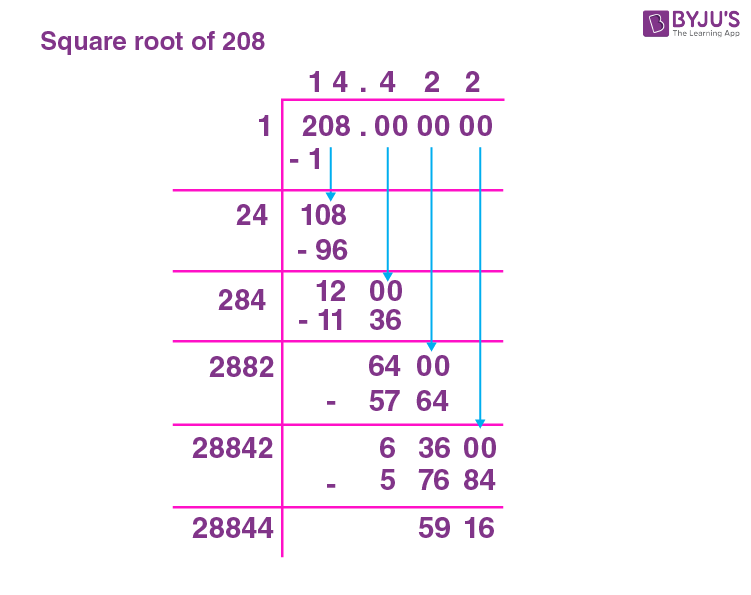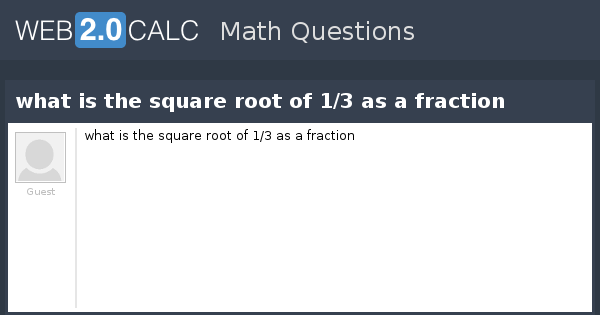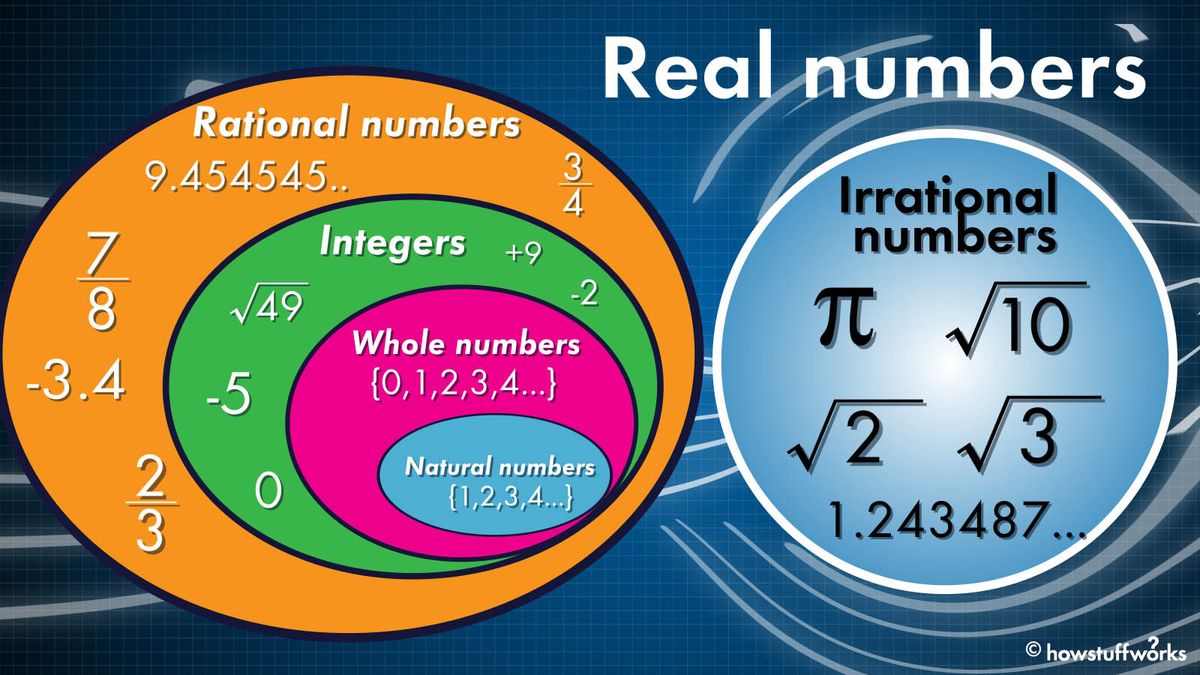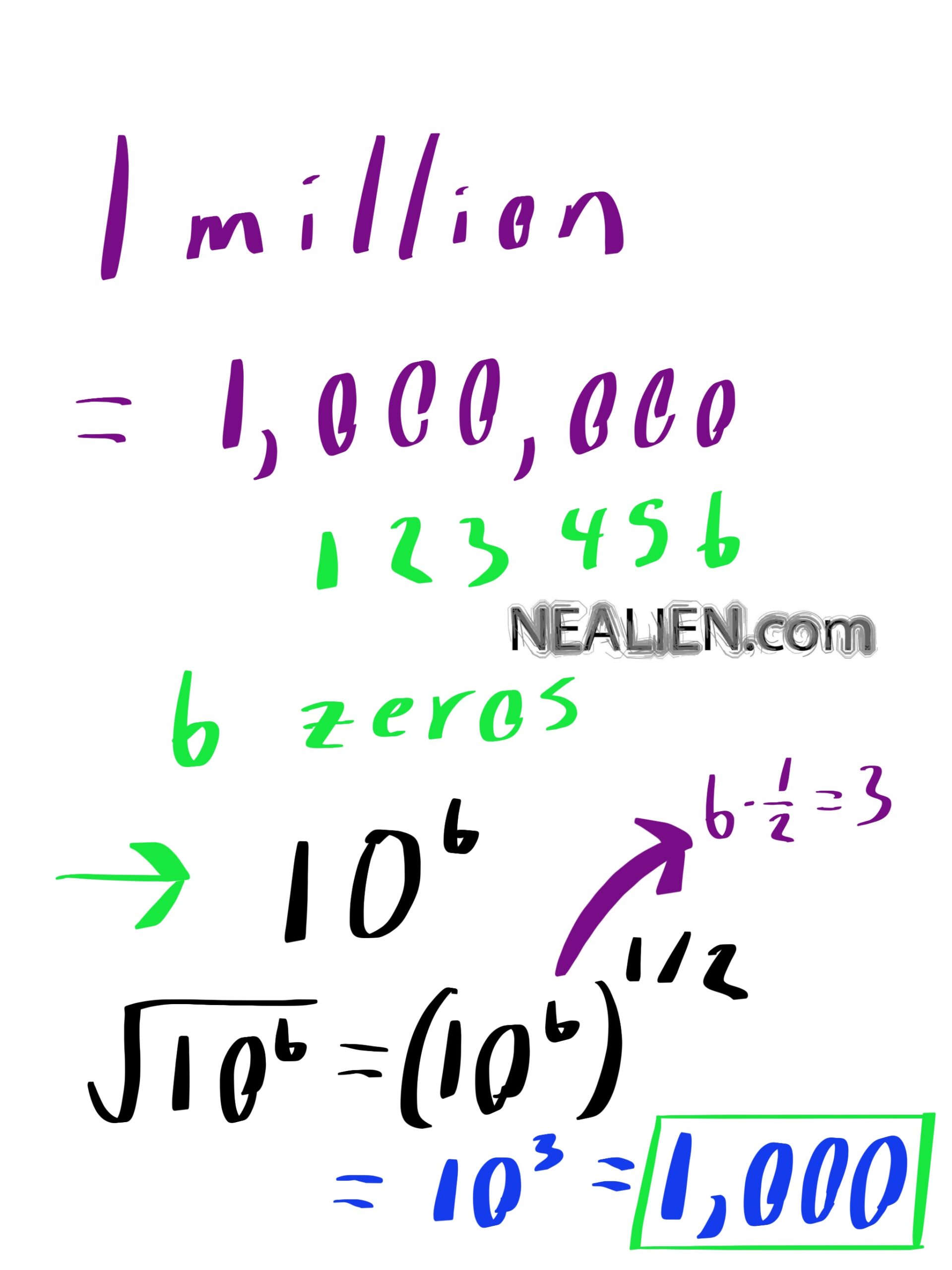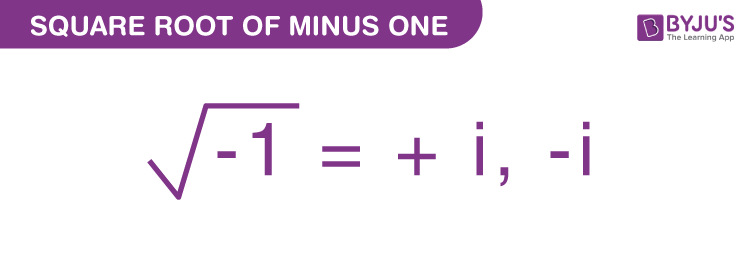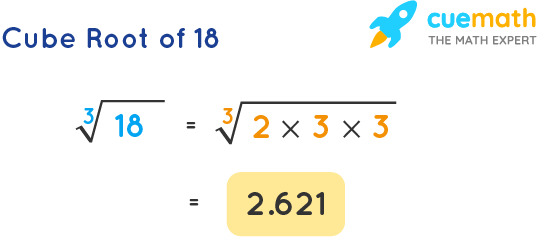Topic how to find the square root of 20: Finding the square root of 20 can be approached through various methods, each suited to different preferences or situations. Whether you prefer prime factorization, long division, or modern tools like calculators and Newton's method, this article covers them all. Explore these techniques, understand their applications, and tackle practice problems to master the art of finding square roots.
Table of Content
Finding the Square Root of 20
The square root of 20 can be found using various methods. Below are detailed steps for different techniques:
1. Using Prime Factorization
Prime factorization involves breaking down 20 into its prime factors:
- 20 can be written as \( 20 = 4 \times 5 \).
- Since 4 is a perfect square, it can be further broken down into \( 4 = 2^2 \).
- Thus, \( 20 = 2^2 \times 5 \).
- The square root of 20 can be expressed as \( \sqrt{20} = \sqrt{2^2 \times 5} \).
- This simplifies to \( \sqrt{20} = 2\sqrt{5} \).
2. Using Long Division Method
The long division method is a manual method to find the square root:
- Pair the digits of the number from right to left. For 20, it's (20).
- Find a number whose square is less than or equal to 20. This is 4, because \( 4^2 = 16 \).
- Subtract \( 16 \) from \( 20 \) to get \( 4 \). Bring down two zeros to get \( 400 \).
- Double the number 4 (which is 2) and use it as the starting digit. Find a digit 'X' such that \( (20X \times X) \leq 400 \).
- By trial, \( X = 2 \) gives \( 202 \times 2 = 404 \), which is greater than 400, so use \( X = 1 \).
- Thus, \( 201 \times 1 = 201 \), and the process continues.
Continuing this process, the approximation improves and gives us \( \sqrt{20} \approx 4.472 \).
3. Using a Calculator
For a quick and accurate result, using a calculator is the most straightforward method:
Simply enter 20 and press the square root function key (usually denoted as \( \sqrt{} \)). The result will be:
\( \sqrt{20} \approx 4.47213595499958 \)
4. Using Newton's Method (Heron's Method)
Newton's method provides an iterative approach to find the square root:
- Start with an initial guess, \( x_0 \). Let's take \( x_0 = 4.5 \).
- Use the formula \( x_{n+1} = \frac{1}{2} \left( x_n + \frac{20}{x_n} \right) \).
- For \( x_0 = 4.5 \), the next approximation is \( x_1 = \frac{1}{2} \left( 4.5 + \frac{20}{4.5} \right) = 4.472222222 \).
- Repeat the process until the value stabilizes.
After several iterations, the value converges to \( \sqrt{20} \approx 4.47213595499958 \).
Each method provides a pathway to finding the square root of 20, with varying levels of precision and complexity. For practical purposes, a calculator or an online tool is often the best choice for quick and accurate results.
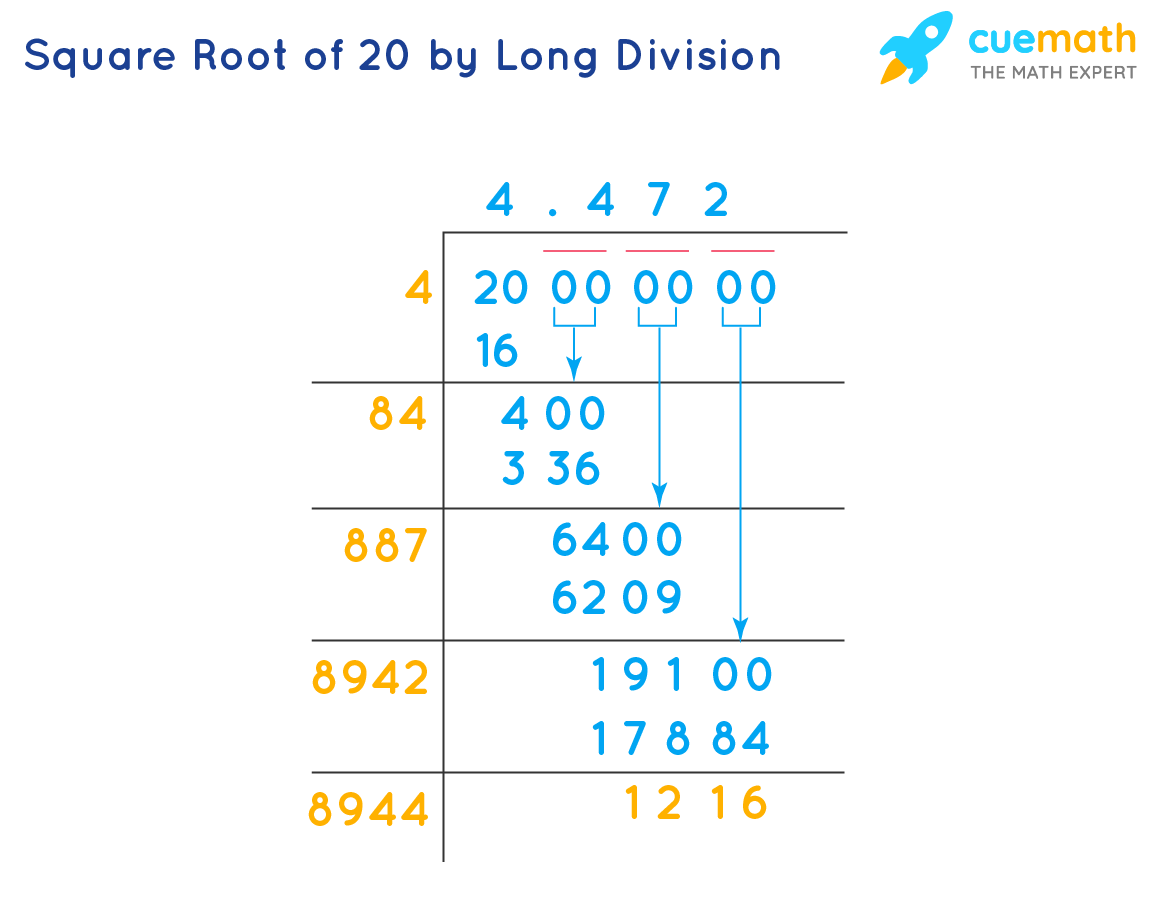
READ MORE:
Introduction
Finding the square root of 20 involves several mathematical methods, each with its own approach. Here’s a step-by-step guide:
- Prime Factorization Method: Start by determining the prime factors of 20 (2 × 2 × 5). The square root is the product of the square roots of its prime factors (2 × √5).
- Long Division Method: Approximate the square root using long division, refining your estimate with each iteration until you reach a satisfactory precision.
- Calculator Method: Use a scientific calculator to directly compute the square root of 20.
- Newton's Method (Heron's Method): Iterate using the formula \( x_{n+1} = \frac{1}{2} \left( x_n + \frac{20}{x_n} \right) \) until convergence.
- Using Estimation: Estimate the square root of 20 by comparing it with nearby perfect squares (e.g., \( \sqrt{16} = 4 \) and \( \sqrt{25} = 5 \)).
- Graphical Method: Plot the function \( f(x) = x^2 - 20 \) and find the intersection with the x-axis to approximate the square root.
Each method offers a unique perspective on solving for the square root of 20, catering to different preferences and mathematical skills.
Prime Factorization Method
The prime factorization method for finding the square root of 20 involves the following steps:
- Determine the prime factors of 20: \( 20 = 2 \times 2 \times 5 \).
- Pair up the prime factors into two sets of identical factors: \( 20 = (2 \times 2) \times 5 \).
- Take the square root of each pair: \( \sqrt{20} = \sqrt{2 \times 2 \times 5} = \sqrt{2^2 \times 5} = 2 \sqrt{5} \).
- Thus, the square root of 20 is \( 2 \sqrt{5} \).
This method leverages the fundamental principle that the square root of a product is the product of the square roots of its factors.
Long Division Method
The long division method is a manual technique used to find the square root of a number. Below are the detailed steps to find the square root of 20 using this method:
- Step 1: Set up the problem
- Write 20 under the square root symbol.
- Step 2: Group the digits
- Starting from the decimal point and moving both to the left and right, group the digits in pairs. For 20, we have: 20.00 00 00 ...
- Step 3: Find the largest number whose square is less than or equal to the first group
- The first group is 20. The largest number whose square is less than or equal to 20 is 4 (since \(4^2 = 16\)).
- Write 4 above the square root symbol and write the square of 4 (16) below the first group (20). Subtract to get the remainder (4).
- Step 4: Bring down the next pair of digits
- Bring down the next pair of digits (00) next to the remainder, making it 400.
- Step 5: Double the number above the square root symbol
- Double the number above the square root symbol (4) to get 8. This is the starting part of our new divisor.
- Step 6: Find the digit to complete the new divisor
- Find a digit (let's call it X) such that when 8X is multiplied by X, the product is less than or equal to 400. The digit X is 4, because \(84 \times 4 = 336\).
- Write 4 next to 4 above the square root symbol, and write 336 below 400. Subtract to get the new remainder (64).
- Step 7: Repeat the process
- Bring down the next pair of zeros (00) to make the remainder 6400.
- Double the current result above the square root (44) to get 88, and find the next digit (Y) such that \(88Y \times Y \leq 6400\). The digit Y is 7, because \(887 \times 7 = 6209\).
- Write 7 next to 44 above the square root symbol, and write 6209 below 6400. Subtract to get the new remainder (191).
Following these steps, the square root of 20 to three decimal places is approximately 4.472. You can continue this process to get more decimal places as needed.
Calculator Method
The calculator method for finding the square root of 20 is straightforward and efficient. Here's how you can do it:
- Turn on your calculator and select the square root (√) function.
- Enter the number 20.
- Press the square root (√) button again, or press "=" depending on your calculator model.
- The display will show the square root of 20, which is approximately 4.472135955.
Most modern calculators can handle square roots, and using them ensures an accurate and quick result. This method is ideal for both students and professionals who need a fast solution.
Here's a visual representation of the steps:
- Step 1: √
- Step 2: 20
- Step 3: =
- Result: 4.472135955
Using a calculator is not only the easiest but also the most precise way to determine the square root of any number, including 20.
Additionally, online calculators like Mathway and various apps also provide the same functionality with added convenience and step-by-step solutions for educational purposes.
| Step | Action | Display |
| 1 | Select the square root function (√) | √ |
| 2 | Enter the number 20 | 20 |
| 3 | Press "=" or √ again | 4.472135955 |
Remember, calculators and online tools are perfect for verifying results obtained through manual methods such as the prime factorization or long division method, ensuring you have the correct answer every time.

Newton's Method (Heron's Method)
Newton's Method, also known as Heron's Method, is an efficient way to approximate the square root of a number. It involves using an iterative process to get progressively closer to the actual square root. Here is a step-by-step guide to finding the square root of 20 using Newton's Method:
- Choose an initial guess, \( x_0 \). A good starting point for the square root of 20 is 4, since \( 4^2 = 16 \), which is close to 20.
- Use the iterative formula: \[ x_{k+1} = \frac{1}{2} \left( x_k + \frac{S}{x_k} \right) \] where \( S \) is the number whose square root we want to find (in this case, 20).
- Apply the formula:
- First iteration (\( k = 0 \)): \[ x_1 = \frac{1}{2} \left( 4 + \frac{20}{4} \right) = \frac{1}{2} (4 + 5) = \frac{9}{2} = 4.5 \]
- Second iteration (\( k = 1 \)): \[ x_2 = \frac{1}{2} \left( 4.5 + \frac{20}{4.5} \right) \approx \frac{1}{2} (4.5 + 4.444) = \frac{8.944}{2} \approx 4.472 \]
- Third iteration (\( k = 2 \)): \[ x_3 = \frac{1}{2} \left( 4.472 + \frac{20}{4.472} \right) \approx \frac{1}{2} (4.472 + 4.472) = 4.472 \]
- Continue iterating until the difference between successive approximations is sufficiently small. After a few iterations, you will find that the value stabilizes around 4.472, which is an accurate approximation of \( \sqrt{20} \).
Using Newton's Method, we can efficiently approximate the square root of any positive number with a high degree of accuracy.
Using Estimation
Estimating the square root of a number can be a useful technique when you need a quick, approximate answer without using a calculator. Here, we will explain how to estimate the square root of 20 using a step-by-step approach.
Identify the two perfect squares between which the number lies. In this case, 20 is between the perfect squares of 16 (4²) and 25 (5²).
Determine the approximate range for the square root. Since 16 is 4² and 25 is 5², the square root of 20 will be between 4 and 5.
Refine the estimation by finding which perfect square the number is closer to. Calculate the mid-point between 4 and 5, which is 4.5, and square it:
\[
4.5^2 = 20.25
\]Since 20 is slightly less than 20.25, the square root of 20 is slightly less than 4.5.
Estimate to a more precise value. We know:
- 4.4² = 19.36
- 4.5² = 20.25
Since 20 is closer to 20.25 than 19.36, the square root of 20 is closer to 4.5. A reasonable estimate would be around 4.47.
To summarize, the square root of 20 is approximately 4.47 when using the estimation method. This technique helps you quickly find an approximate value without a calculator.
Graphical Method
To find the square root of 20 using the graphical method, we can represent the function \( f(x) = x^2 - 20 \) on a graph and locate its root.
- Plot the graph of \( y = x^2 \) and \( y = 20 \).
- Locate the points where these two graphs intersect.
- The x-coordinate of the intersection point gives us \( \sqrt{20} \).
Applications of Square Roots
Square roots have diverse applications across various fields:
- Geometry: They are used to calculate side lengths in right triangles and other geometric shapes.
- Physics: Square roots appear in equations related to motion, such as calculating velocities and accelerations.
- Engineering: They are crucial in calculating forces, pressures, and other physical quantities in structural design.
- Finance: Square roots are used in financial models, such as calculating volatility in stock prices.
- Computer Graphics: They help in determining distances, angles, and scaling factors in 2D and 3D graphics.
- Statistics: Square roots are used in various statistical formulas, such as standard deviations.
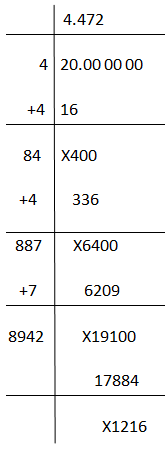
Practice Problems
Practice finding the square root of 20 using various methods discussed above. Here are some problems for you to solve:
-
Use the Prime Factorization Method to find the square root of 20.
- Factorize 20 into its prime factors.
- Find the square root of the product of these prime factors.
- Approximate the square root to the nearest tenth.
-
Apply the Long Division Method to calculate the square root of 20.
- Set up the long division for 20.
- Divide step-by-step to find the square root.
- Verify your result by squaring it.
-
Use a calculator to find the square root of 20.
- Enter 20 into your calculator.
- Press the square root function (√) to get the result.
- Note the result and compare it with other methods.
-
Apply Newton's Method (Heron's Method) to approximate the square root of 20.
- Choose an initial guess for the square root of 20.
- Use the formula \( x_{n+1} = \frac{x_n + \frac{20}{x_n}}{2} \).
- Iterate until the result converges to a stable value.
-
Estimate the square root of 20 using the Estimation Method.
- Identify two perfect squares between which 20 lies (e.g., 16 and 25).
- Estimate the square root of 20 based on these values.
- Refine your estimate by considering closer values.
-
Find the square root of 20 using the Graphical Method.
- Plot the function \( y = x^2 \) on a graph.
- Locate the point where \( y = 20 \).
- Find the corresponding \( x \)-value which is the square root of 20.
Additional Problems:
- Find the square root of 20 to the nearest hundredth using any method.
- Compare the accuracy of different methods in finding the square root of 20.
- Explain which method you found easiest and why.
Frequently Asked Questions
1. What is the square root of 20?
The square root of 20 is approximately 4.472. It can also be expressed as \(2\sqrt{5}\) in its simplest radical form.
2. How do you find the square root of 20 using the prime factorization method?
To find the square root of 20 using the prime factorization method, follow these steps:
- Prime factorize 20: \(20 = 2^2 \times 5\)
- Write the square root expression: \(\sqrt{20} = \sqrt{2^2 \times 5}\)
- Simplify by taking the square root of the perfect square factor: \(\sqrt{2^2} \times \sqrt{5} = 2\sqrt{5}\)
3. Can the square root of 20 be expressed as a fraction?
No, the square root of 20 cannot be expressed as a simple fraction. It is an irrational number, meaning it cannot be represented as a precise fraction. Its decimal form is non-repeating and non-terminating.
4. What is the long division method for finding the square root of 20?
The long division method involves dividing the number into pairs of digits from the decimal point, and then finding the largest number whose square is less than or equal to the current number. It's a step-by-step process that provides an accurate result for the square root.
5. Why are there positive and negative square roots?
Every positive number has two square roots: one positive and one negative. This is because both \((2\sqrt{5})^2\) and \((-2\sqrt{5})^2\) equal 20. Therefore, the square roots of 20 are \(+2\sqrt{5}\) and \(-2\sqrt{5}\).
6. What does the symbol '±' mean?
The symbol '±' means there are two possible values, one positive and one negative, with the same absolute value. For example, the square root of 20 can be written as \(\pm 2\sqrt{5}\), representing both positive and negative roots.
7. How can the square root of 20 be used in real-life applications?
The square root of 20 can be used in various real-life applications, such as in geometry to find the length of the diagonal of a rectangle with sides of different lengths or in physics to solve equations involving quadratic relationships.
8. Is 20 a perfect square?
No, 20 is not a perfect square. A perfect square is a number that can be expressed as the square of an integer. Since there is no integer that squares to 20, it is an imperfect square.
9. Can the square root of 20 be simplified further?
The square root of 20 can be simplified to \(2\sqrt{5}\), but it cannot be simplified further into a simpler radical form.
10. What is the significance of understanding square roots?
Understanding square roots is important for solving quadratic equations, working with geometric properties, and analyzing scientific data. It helps in various fields like engineering, physics, and computer science.
Cách Đơn Giản Hóa Căn Bậc Hai của 20: √20

